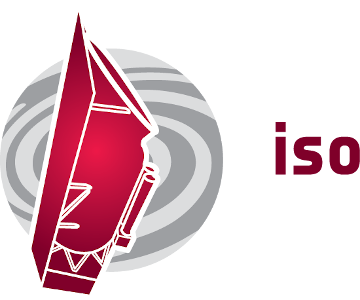| Description |
scientific abstract we are proposing a search for primeval galaxies and quasars, which consists of the following two surveys. 1. isocam deep survey for pgs (primeval galaxies): the 7 micron filter (lw2) is used to search for pgs. under the reasonable flat field error a = 0.0003, it is possible to detect bright pgs such as forming ellipticals in a normal mass range. the lw2 would enable us to detect such pgs at a 5 sigma level even if they are obscured by av = 9. since deep k-band imagings are being taken in target fields on the uh 2.2 m telescope, pg candidates can be recognized by their extreme k-7 micron color. 2. isophot deep survey for pqs (primeval qsos): the c_90 and c_160 bands are used to search for ultra-luminous ir galaxies at high redshifts. according to a scenario of qso formation proposed by one of us (sanders et al. 1988), a merger between two gas-rich galaxies would evolve into a qso after an ultra-luminous ir galaxy phase. if this is the case and the peak of the qso volume density around z = 2 is caused by qso formation taken beyond z = 2, we could detect many ultra-luminous ir galaxies as pqs, thus this isophot survey providing a critical test on qso formation at high redshifts. observation summary 1. isocam deep survey for pgs this project will be made for four 3 x 3 fields, namely, 1) lh-nw, 2) lh-sw (hi miniumum points in the lockman hole), 3) ssa13, and 4) ssa22. deep optical and k-band images have already been taken in fields 3) and 4) by cowie et al., and the similar observations are in progress for fields 1) and 2) by taniguchi et al. we predict a few pgs to be detected with the following observational parameters. to obtain ultra-deep isocam images at a 5 sigma flux level of 10 microjy, we require an on-source integration time as long as 6 hours by assuming flat-fielding accuracy of 1e-4. in this sense, this observation is the most ambitious and thus risky among iso projects. we would therefore like to intimately communicate with the isocam consortium team before and after launch. the lw2 will be used with 6 pixels in the microscanning mode. a 3 x 3 area with complete sampling can be made by 16 x 16 rasters combined with a 3 microslew along the spacecraft axes. four readouts with 20 sec fundamental integration time are made at each raster point to reach the faintest flux level under the stable phase of detector. it takes 10 hours to complete a 3 x 3 area down to 10 microjy flux. hence, it requires 39 hours to complete four 3 x 3 fields. 2. isophot deep survey for pqs the volume density of ultra-luminous ir galaxies and that of qsos are much smaller than that of galaxies. it is thus essential to observe a large area to find pqs if they are ultra-luminous ir galaxies beyond z = 2. one 2.0 sq. deg. field at lh-w and one 0.3 sq. deg. field at lh-e will be mapped by using c_90 and c_160 isophot bands, thus covering 2.3 sq. deg. in total. the hi column density in the lockman hole is the smallest in the sky (4.4 x 1e19 cm-2), which allows us to make cirrus-free maps. our model calculation shows about 30 pqs detected in this observation. the oversampling factors of pht32 are set to 1/2 for c_90 and 1 for c_160. an area of 0.7 sq. deg. can be covered by 32 x 32 rasters with a 92 raster step in the spacecraft y and z axes. the integration time at each raster point is 13 and 14 seconds for the c_90 and c_160, respectively. in the chopping mode, the effective integration time at each sky point is then 19 and 56 seconds for the c_90 and c_160, respectively. the limiting fluxes at a 5 sigma level are expected to be 9.4 mjy for c_90 and 15 mjy for c_160, which are just above the confusion level. we require 50 hours to obtain one two-color map at lh-w and 9 hours at lh-e, resulting 59 hours in total including overheads. because of our restricted knowledge of the orientation of the spacecraft axes, the coordinates given in the aot are tentative, which were simply derived by assuming the position angle of spacecraft axes are 120 degree east from north. rather than making many separate, tiny maps, we need to have one continuous two-color map in each field. so we must modify the coordinates in the aot once the orientation is known after launch. it should noted that lh-w and lh-e will be observed at nine and four opportunites, respectively for autumn launch, because their visibilities are thought to be typically a few hours. |

